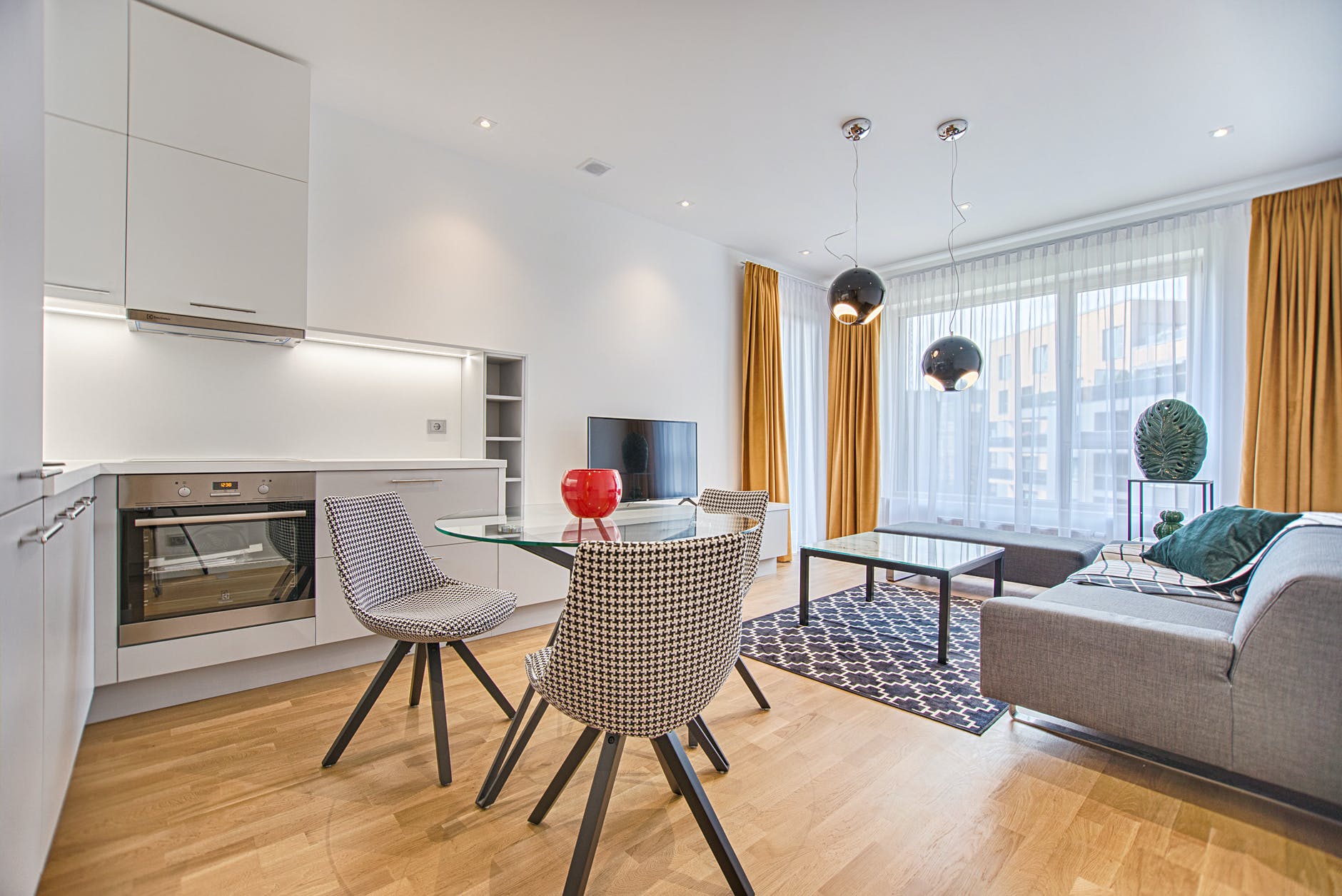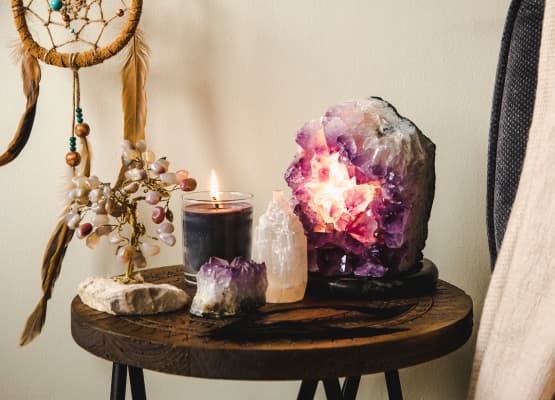11 Simple Suggestions On How To Redesign Your Bedroom
Redesigning your bedroom is a tremendous challenge. The need to take a rest after a stressful day in a cozy sanctuary in your home requires careful planning. This area needs more attention than any part of your house, even your living room.
Your bedroom should be the centerpiece of your home. It is your haven for sleep, relaxation, intimacy, and family bonding. To fulfill these objectives, you have to place the most relaxing furniture here as well as your most cherished possessions.

Artistic challenge
To transform your bedroom into a dream sanctuary, you need to consider the traits below:
- Darkness – While a pitch-black room is ideal, some people opt to have dim light during bedtime.
- Silence – A quiet room is a requirement for your best sleep. Installing sound-proof walls is an excellent idea particularly for people sensitive to noises.
- Calming scents – Use aromatherapy oils and candles with lavender and other scents that lull you to sleep.
- Regulated temperature – Our body wants to sleep in a room with a temperature of around 65 degrees.
- Calming colors – Psychologists say the colors of the interiors of your room can make big changes in your mood as well as behavior. An artistic combination of light cool colors and earth tones can give you visual cues for relaxation and slumber.
- Provide enough breathing room – This means your room’s spaciousness in relation to the number of things that occupy it. Clearing the clutter in your room offers you a psychological breathing room to calm your mind.
- A pleasant feel – Your sense of touch is a powerful way to exude calming emotions. This sensation also extends to your sight. Even the vicarious pleasure of seeing things with soft or fluffy surfaces can make you feel comfortable.
Renovation suggestions
To accomplish this tall order in room design, here are some recommendations:
- Less is more – Carefully choosing the things that you place in your room is a task you should do. You should make sure all the things in your room should contribute to any or all of the purposes of your bedroom, especially sleep.
- Use soft lighting – Install dim lighting instead of fluorescent lamps. Faint light cues your brain that it is time to sleep.
- Ban your smartphones and other communication devices inside your room – If you cannot keep it away, just set them to silent or vibrate to at least eliminate the noise.
- Use aromatherapy candles – Smelling certain scents, such as lavender, lemon, and ylang-ylang can help calm your senses for a better sleep.
- Get a view from the outside – A view of your environment, especially in the rural area and suburbs can provide you a relaxing sensation.
- Enhance ventilation – Your room should have sufficient airflow for a cool and comfortable sleep. Putting on an air-conditioning unit is also a good idea to maintain the 65-degree ideal temperature.
- Paint your room with dark hues – Dark colors can prompt your brain to lessen its activity. Loud colors stimulate the brain while dark, dull colors relax it.
- Post relaxing paintings and photographs – Images of a peaceful beach and captivating mountains can leave you captivated and sleepy at the same time. But try not to post your family photo inside your room. Nostalgia can disturb your sleep.
- Use a quality mattress – Choose the ones that both promote excellent comfort and body support such as gel memory foam mattress.
- Spread soft rugs – Your room’s flooring can contribute to the cozy its feel as it is the last sensation that your feet before hopping on your bed and the first after jumping off your bed.
- Secure your privacy – Your bedroom should be the most personal and intimate area of your house. Make sure you maintain your or your partner’s privacy by adding a divider (either a wall, curtain or bed canopy) to block the view of your personal space.
Article written by Ethan Wright of www.BeddingStock.com

Claire Derrick is a home blogger who loves to share her experiences with others. She likes being motivated and encourages people to be the best they can be.












